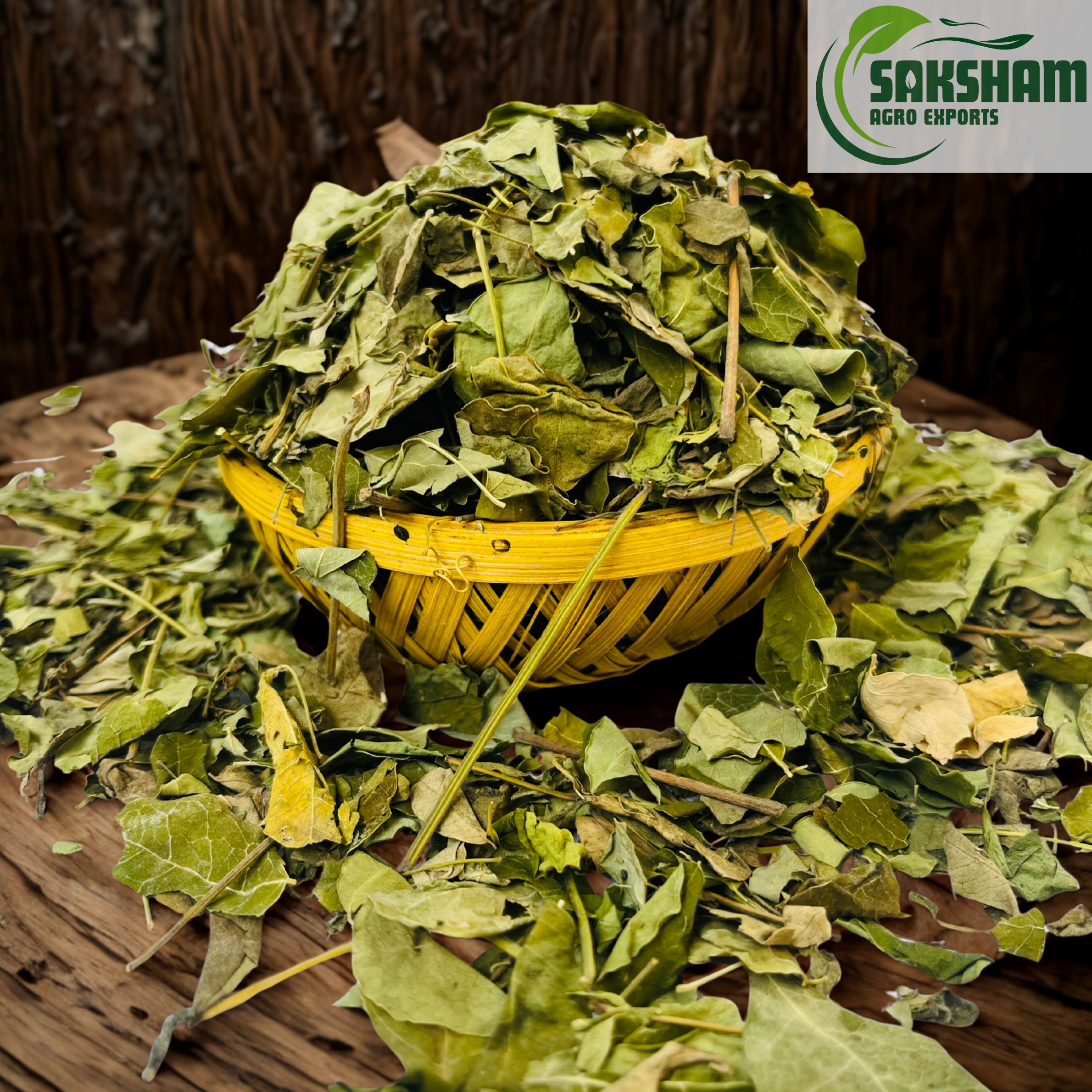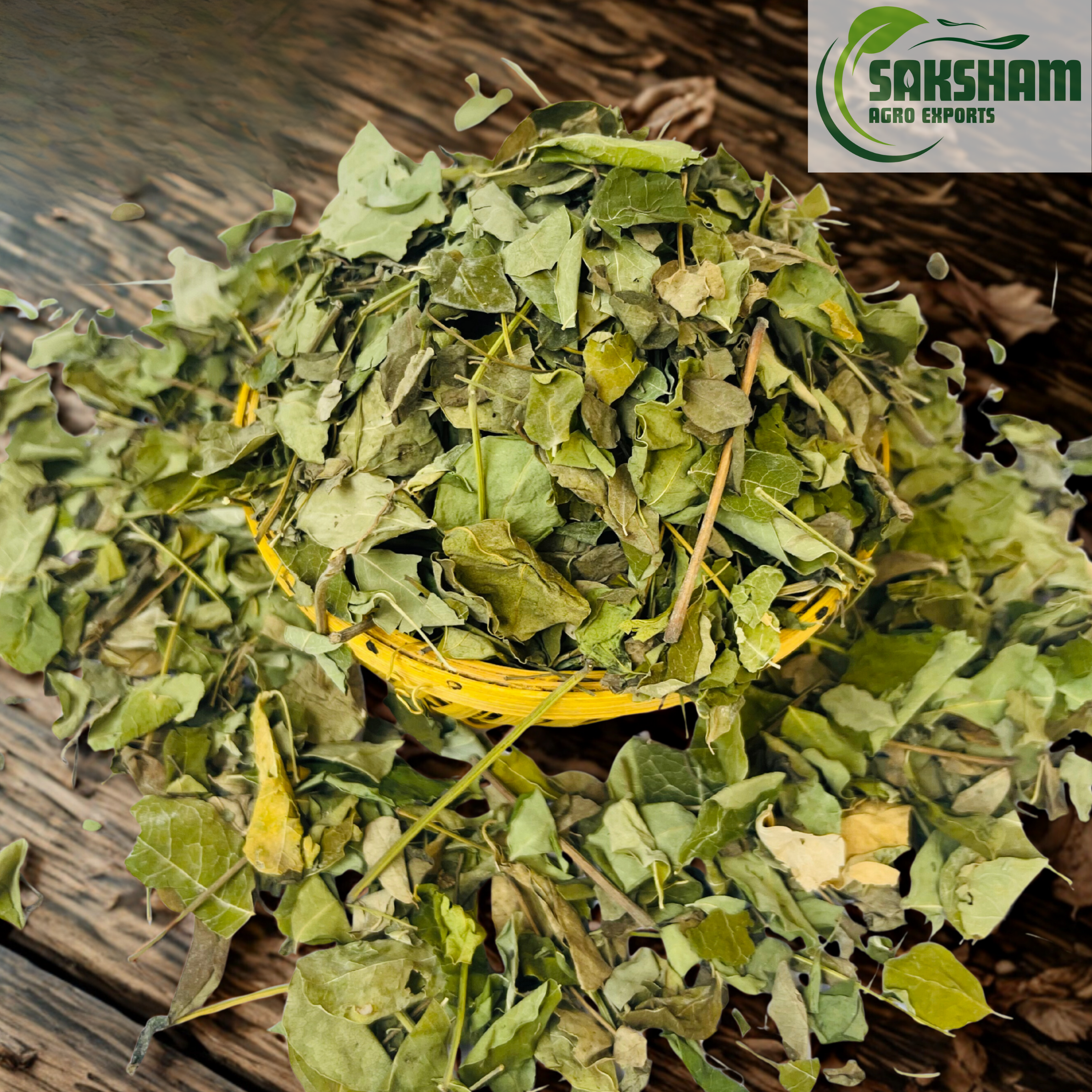Moringa Leaves (Moringa oleifera Lam.)


Scientific Name
- Moringa oleifera Lam.
Common Names
- English: Moringa, Drumstick Tree, Horseradish Tree, Miracle Tree
- Hindi: Sahjan, Munga
Description
Moringa, scientifically known as Moringa oleifera, is a fast-growing tree native to the foothills of the Himalayas and widely cultivated across tropical and subtropical regions. Its leaves are highly nutritious, packed with protein, vitamins, minerals, and antioxidants, earning it the title of “miracle tree.” Moringa is widely used to support immunity, improve energy, aid digestion, and combat malnutrition.
Health Benefits of Moringa Leaves
Moringa leaves are known as a superfood because of their dense nutrient profile:
- Rich in Nutrients – high in vitamins (A, C, E, K), minerals (calcium, potassium, magnesium, iron), and protein.
- Antioxidant Powerhouse – protects cells from oxidative stress.
- Boosts Immunity – enhances body’s defense against infections.
- Supports Digestion – aids in gut health, relieves constipation.
- Regulates Blood Sugar – helps in managing diabetes.
Usage of Moringa Leaves
- Culinary Uses
- Fresh leaves used in curries, dals, soups, stir-fries, and teas.
- Dried leaves ground into moringa powder for smoothies, juices, or soups.
- Popular in health foods, snacks, and energy bars.
- Medicinal Uses
- Moringa leaf powder/capsules – taken as a dietary supplement.
- Herbal teas – used for energy, detox, and immunity.
- Used in Ayurveda for balancing Vata, Pitta, and Kapha.
- Traditional Uses
- Given to malnourished children and lactating mothers as a nutrient booster.
- Used as a natural remedy for fever, anemia, and digestive issues.